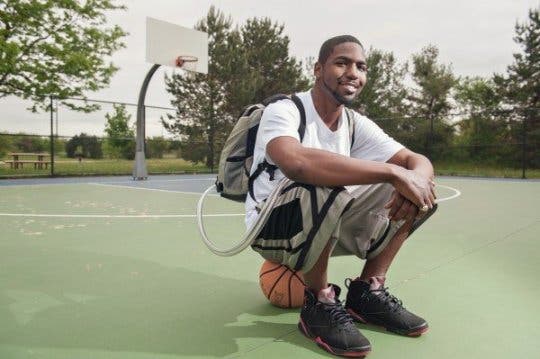A 25-year-old from the US has been living without a heart for more than a year, carrying his artificial heart in a backpack with him – always. Now, he has finally received a heart transplant and seems to be doing fine.

Credit: University of Michigan Health System
Any transplant operation is exceptional, but the case of Stan Larkin is absolutely amazing. After suffering from complete heart failure, he was left without a heart, and without a suitable donor – a common problem all throughout the world. So back in 2014, he was fitted with a Syncardia device – a temporary and completely artificial human heart.
“It was an emotional rollercoaster,” Larkin, 25, said at a news conference when he described living with the total artificial heart that was implanted to keep him alive until a donor heart became available.
He was the first patient to ever be discharged from the hospital with the device. While other implantable defibrillators can help with some partial heart failures, but Syncardia is used when both sides of the heart fail. It basically picks up on the heart’s functions, and Larkin wore it in his backpack for a year.
Larkin himself has pushed the technology beyond its known limits. Jonathan Haft, M.D., who performed the surgery, said:
“He really thrived on the device,” Haft said looking at a photo of Stan on a basketball court. “This wasn’t made for pick-up basketball,” he joked. “Stan pushed the envelope with this technology.”
Of the 5.7 million Americans living with heart failure, about 10 percent have advanced heart failure, according to the American Heart Association. Both Larkin and his brother Dominique had been diagnosed with familial cardiomyopathy, a genetic heart condition known for causing heart failure without any warning whatsoever.
“They were both very, very ill when we first met them in our intensive care units,” added Haft, from the University of Michigan Frankel Cardiovascular Centre. “We wanted to get them heart transplants, but we didn’t think we had enough time. There’s just something about their unique anatomic situation where other technology wasn’t going to work.”
The fact that this technology exists today, and was used successfully, is baffling. This is tomorrow’s technology taking shape today, and it can save lives – it probably just did.






